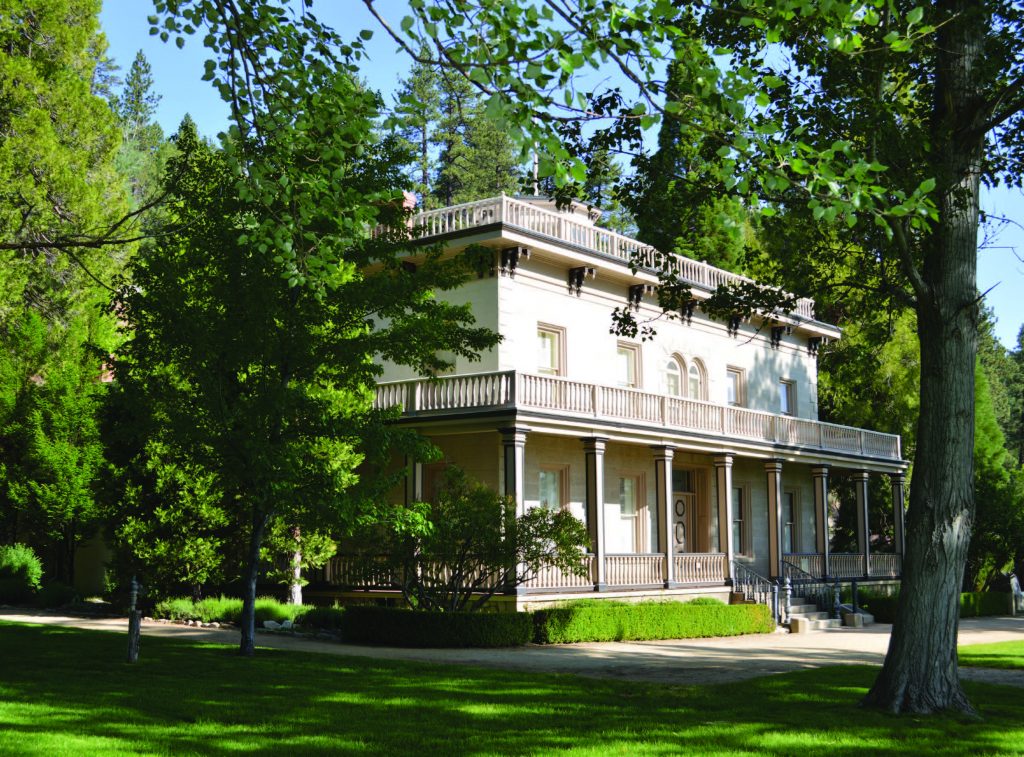Saving Bowers Mansion
Spring 2021
In memory of the past, 12 women fight to preserve its historic future.
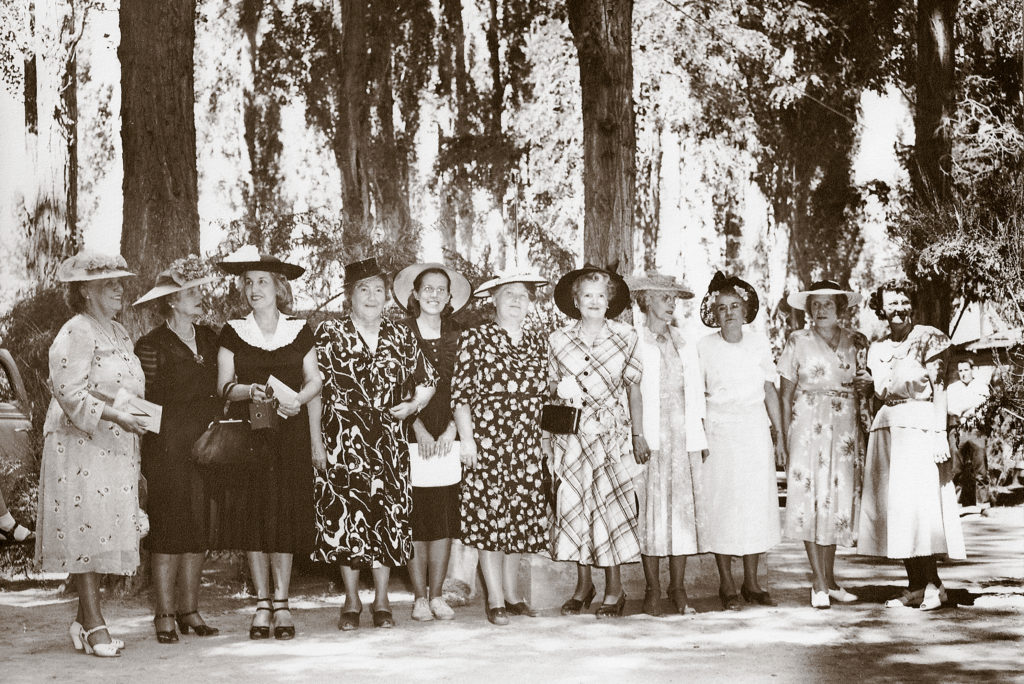
BY TAMERA BUZICK
Grant Smith, author of “The Comstock Lode,” once wrote, “What boy or girl ever forgot their first picnic at Bowers Mansion? It was a trip to paradise.”
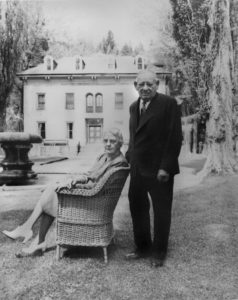
If you grew up in northern Nevada, you most likely have fond memories of spending summer afternoons at Bowers Mansion Park in Washoe Valley. Family reunions, church gatherings, company picnics, and school field trips provided unforgettable hours spent with friends and neighbors. Many Nevadans recall daring fate as they took their first step off the towering diving board, knowing that Dad’s looming and loving presence firmly allowed the risk. The 30-minute wait time between your barbecued hamburger and going for a swim was often filled with a spine-chilling trek to the Bowers graves behind the mansion. Touring the mansion made it easy to imagine being a Comstock millionaire. Finally, the day was rounded off with old-fashioned lawn games, rolling down the seemingly endless grassy hill, or just resting beneath the shade of the giant aspens, pines, and cottonwoods.
Nevada children have played at Bowers Mansion since the early days of The Comstock Lode, but in early 1946 this Nevada summer tradition almost came to an abrupt end. Henry Riter, who had owned and operated the resort for over 40 years, decided it was time to retire.
WHAT NOW?
Locals feared the mansion would become just another roadside attraction. Henry’s goal was to have the mansion, pool, and picnic grounds converted into a public park, but neither the state nor county wished to purchase the property. Upon hearing the news that Bowers Mansion might be lost forever, 12 members of the Reno Women’s Civics Club decided to save it themselves.
On a cold January morning, Ella Gottschalck, Elvira Fox, Ethel Parker, and Villa Peckham drove to the mansion in order to speak to Henry personally. When they arrived, he was speaking to some California investors who were prepared to give him the $25,000 down payment. Henry told the men that they would have to wait a moment so he could speak to the ladies.
He said, “Ladies, I don’t want them to have it. It belongs to Nevada and Nevada’s children. What kind of offer can you make me?” The four representatives huddled for a minute or two, then returned with one dollar and an option to produce $25,000 in three months. They promised to take care of the $75,000 balance at a later date.
On Jan. 26, 1946, the first members of the Bowers Mansion Committee met at the home of Mrs. Parker. Officers were promptly appointed with Dorothy Allen as chairman; Harriet Spann, co-chair; Alice Addenbrooke, secretary and historian; Truda Fowler, Corresponding Secretary; and Frances Beaupeurt, Treasurer. They were assisted by Lloydine Clayton, Harriet Gelder, Ella Gottschalck, Ethel Parker, Villa Peckham, Anna Belle Washburn, and Joyce Williams, all of whom were active members of the Reno Women’s Civics Club. The 12 women were quickly joined by dozens of other women hoping to save the mansion.
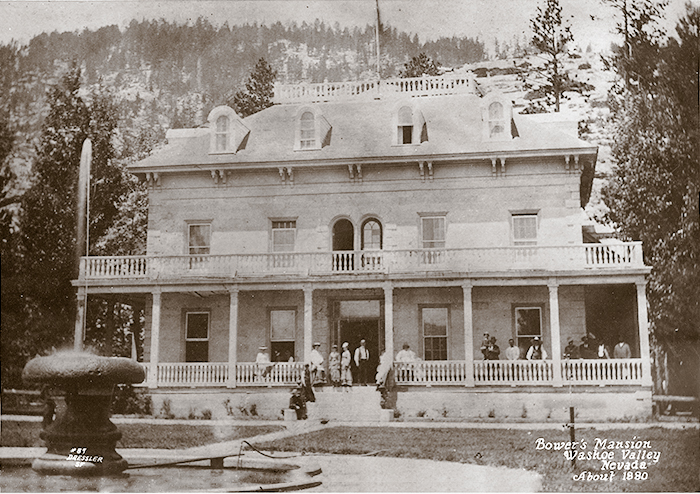
NO DONATION TOO SMALL
They reached out to local governments, schools, organizations, newspapers, and radio stations to spread the word. They placed gallon-sized glass jars in local stores, libraries, and even at the mansion itself. No donation was too small or too large. Children gave coins during school penny drives, and locals from all over began sending the committee donations. Forty-seven children from the Carson Orphans Home gave a total of $23.50. Their most precious donation was from a small boy who gave three cents—all the money he had.
Ironically, many local businesses, whom the women were certain would make large donations, said the mansion was not worth saving. Plus, they questioned who would manage the park and take care of maintenance? Many believed it was a hopeless endeavor. By March 8, even though the Bowers Mansion Committee had only collected $1,035, they were not deterred in their mission.
Alice Addenbrooke began writing newspaper articles reminding locals of the mansion’s long and eventful history. The women arranged to speak at meetings of any organization that would hear them. At the end of each meeting, they passed the collection plate. They even asked for donations in motion picture theaters before each movie. Luncheons at the Mapes Hotel and Excursion Train picnics were organized as fundraisers. A large banner saying “Help buy Bowers Mansion” was hung over Virginia Street in downtown Reno. They ran full page newspaper ads listing those who had already donated money. Lew Hymers lent a bedroom set, originally owned by Sandy and Eilley Bowers, to be beautifully displayed in the window of a local furniture store.
The women worked tirelessly, and by the end of April, they had $13,353 in the bank. As they inched closer to their goal, more locals began to believe the small group of housewives might just pull off this seemingly impossible task. With renewed faith in the campaign, more donations arrived daily. In a final push, Henry and Edna Riter gave $2,500 for the purchase of their own home.
A day in early May came when the group met in the basement of the Civic Auditorium. The $25,000 down payment was all but raised, yet there was no celebration. The committee, feeling defeated, knew that collecting an additional $75,000 from local citizens would be impossible.
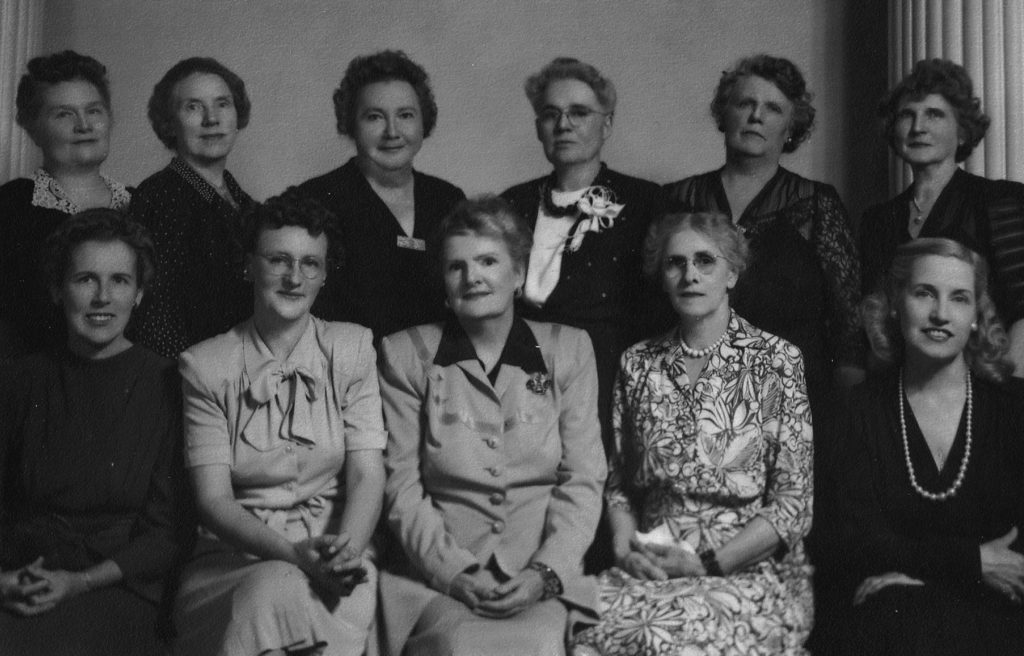
A CHANGE OF HEART SAVES THE DAY
Everything changed, though, when Mrs. Spann, Mrs. Gelder and Mrs. Addenbrooke entered the room with news from the county commissioners who were now convinced that the public wanted Bowers Mansion, and since the down payment had been met, they would take over the balance themselves and dedicate Bowers Mansion Park in honor of the sons and daughters of Nevada Veterans of World War II.
On May 6, 1946, Frances Beaupeurt and Alice Addenbrooke drafted a check for $20,000 and presented it to the Washoe County Commissioners. The additional $5,000 would be paid within weeks.
In the end, Bowers Mansion Association raised $25,400.78. The mansion had been saved, but their work had just begun. Their next task was to collect original and period furniture that would take Bowers Mansion back to Nevada’s heyday when Sandy and Eilley Bowers lived like millionaires in a mansion that would welcome guests for generations to come.
If you would like to learn more about the Bowers family and the mansion’s long and eventful history, weekend tours are available from mid-May through Nevada Day. The park is open year round and continues to offer memorable summer afternoons filled with swimming, lawn games, picnics and lazy naps under giant shade trees that overlook Washoe Valley.
